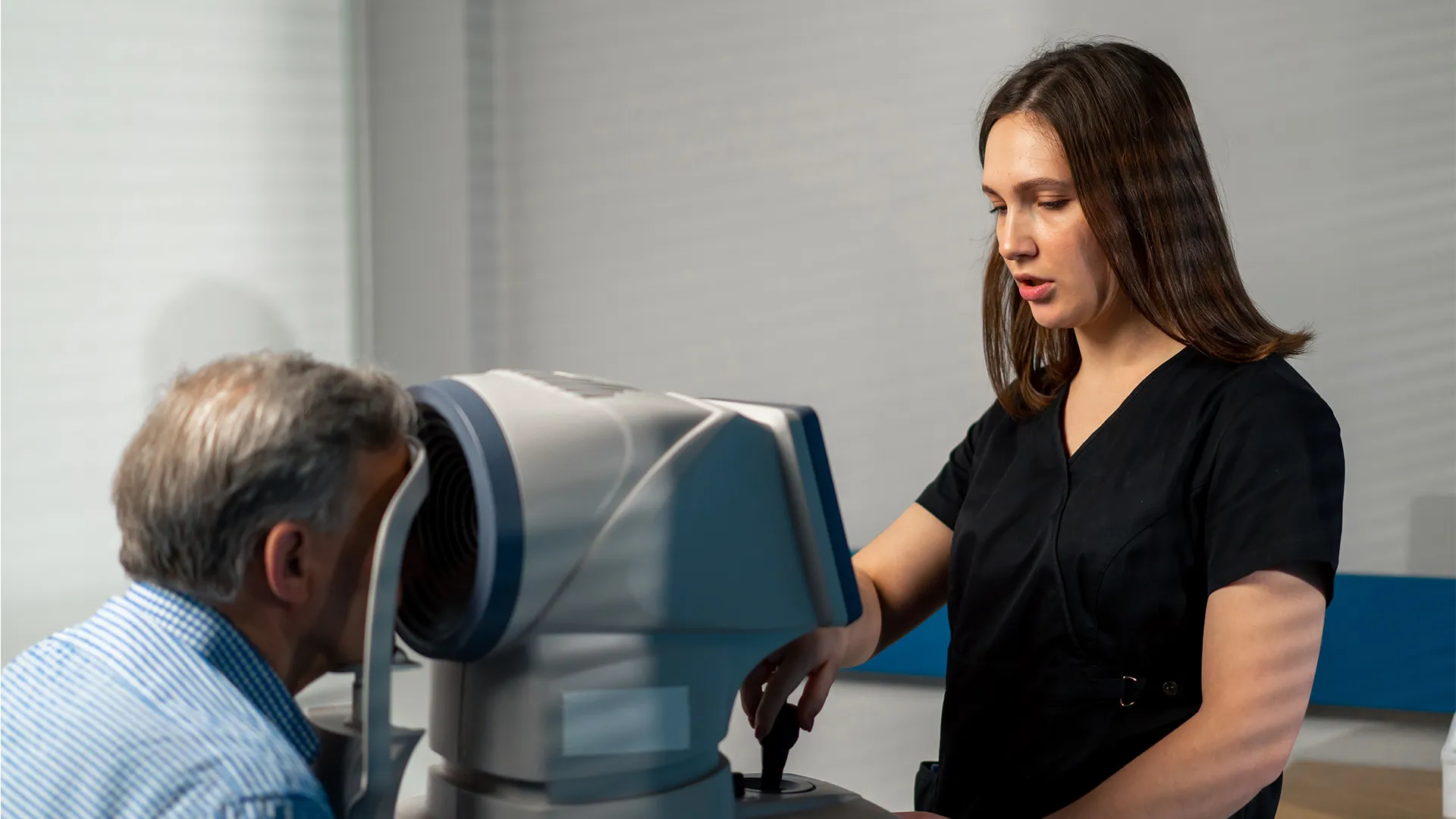Categories
Most people aren’t thrilled about the idea of getting LASIK surgery. It’s anticlimactic because it takes about 10 minutes and it’s painless. But for a lot of people, that’s not believable till after it’s all said and done. So, it makes sense that one of the most common questions about LASIK is whether or not it’s going to last. While you’re still in the phase of getting yourself amped up enough to actually do this, it’s important to make sure there’s some longevity here. You’re not going through all this rigamarole for nothing.
A Little LASIK History
When LASIK was in its Spring, new and exciting in a world filled with wonder over its arrival, it wasn’t as good as what we’ve got now. It didn’t matter much. Families huddled around small black and white screens when TV first came on the scene. It’s the idea of something being possible now when it used to be impossible. That’s what made LASIK very popular so quickly. It led to a large population of people who no longer needed glasses. They achieved that ability with 15 to 20-year-old laser technology, compared to today.
This led to a lot of people who had regression. Regression means the treatment that cured 100% of their vision problem lost its effect. Soon, it only cured 95% of their need for glasses, and it went on from there. While it’s nearly impossible to go all the way to 0% of the LASIK treatment remaining, it only takes 10 or 20% regression to require glasses again. This was so common in those days that it led to our current situation: almost everyone knows someone who had LASIK and started needing glasses again with a few years. It only makes sense for folks looking into LASIK to be curious and cautious about the possibility of their LASIK regressing too.
Advances In Modern LASIK
I have good news, however, about modern LASIK. It is modern! By modern, I mean it is the standard we have currently enabling us to scoff at how primitive things used to be. As the computers driving the laser got faster, the algorithms became much more sophisticated, and the spot size for each laser pulse was able to get smaller. If you want fine detail, a fine-tipped marker is much better than a can of spray paint. The relevance here is that the more natural a cornea can be sculpted when a laser is correcting it, the lower the chance it will regress. A cornea won’t try to revert back to its natural shape when it can’t tell there’s been a change in the first place.
Regression Is Rare
No one is immune from the possibility of regression ever happening, but nowadays it is so rare that it has become almost a non-issue. Candidates at risk of regression can be warned beforehand, usually by saying, “don’t get LASIK,” rather than assuming people will be okay with regression. Lifetime guarantees for LASIK procedures are almost a sign of a practice stuck in the past.
The idea of waiting till there’s regression is out of sync with today’s technology. To be fair, it’s almost like flood insurance. Some people can’t imagine not having that guarantee in case the extremely unlikely happened, and others don’t worry about extreme unlikelihoods. But regression and floods are both very rare unless you choose a high-risk location.
All of this means that LASIK doesn’t “wear off” the way people mean it when they’re asking this question. When modern LASIK—called SBK if we’re being technical about it—corrects the cornea, it is worlds more smooth and accurate than in the old days. Most of those folks who had regression of their LASIK back then would not have it wear off with current laser. The lasers are so much more advanced, and the understanding of who is a good candidate has improved almost the same amount. If you’ve been waiting to see if you can have LASIK because you wanted to make sure it would last, there are much better answers today than there were for that friend of yours who is back in glasses.
